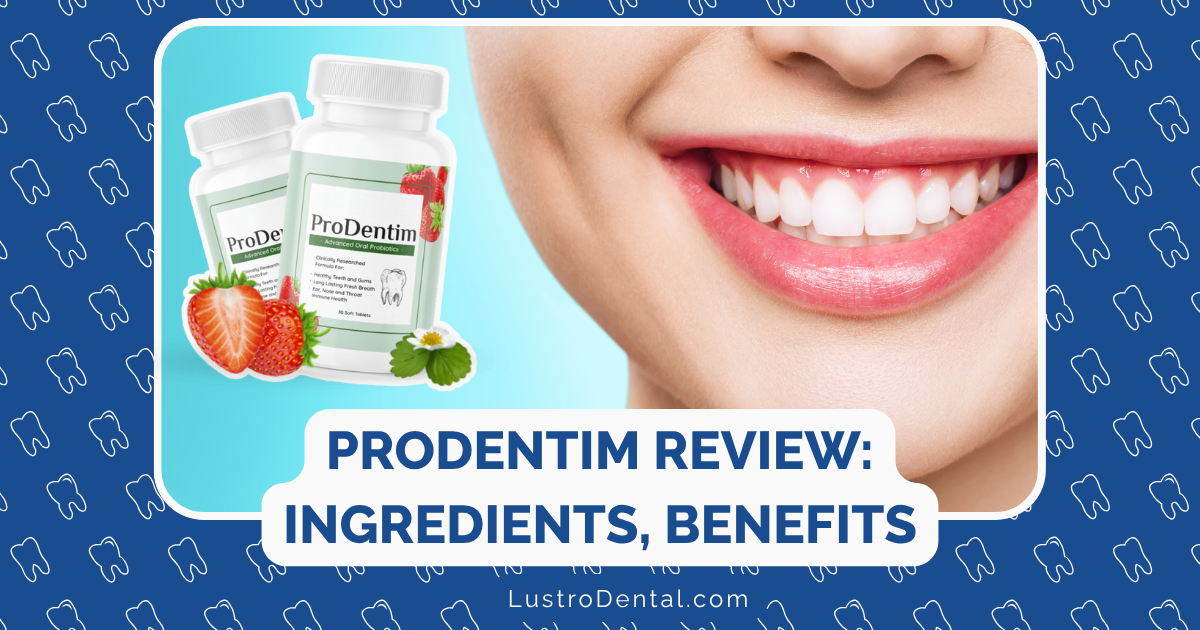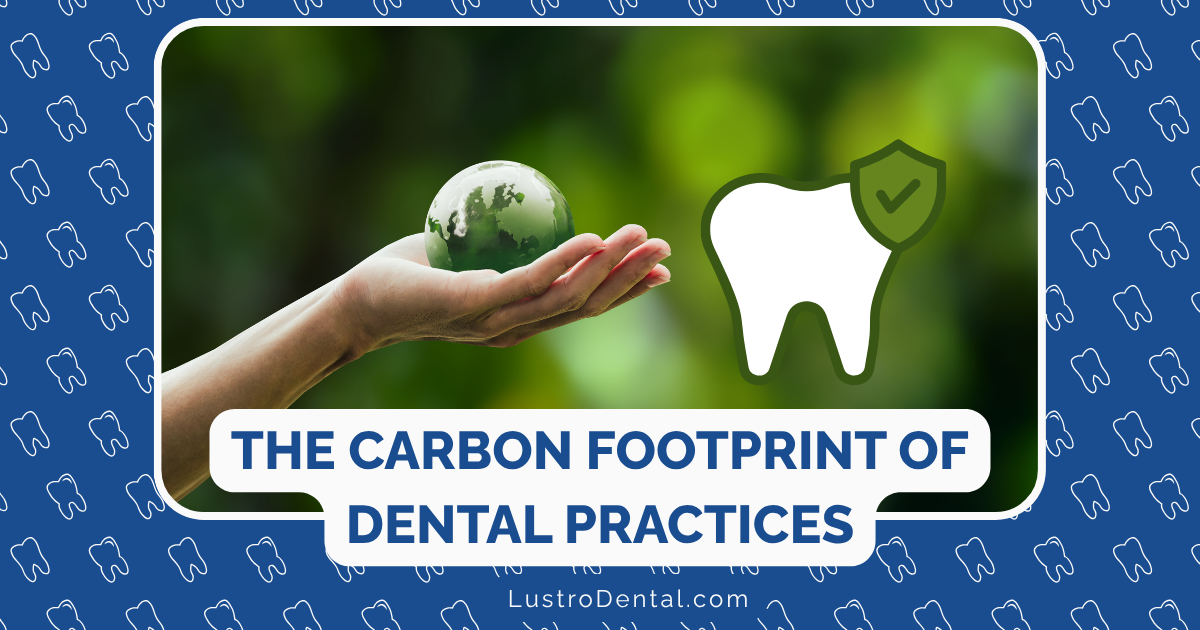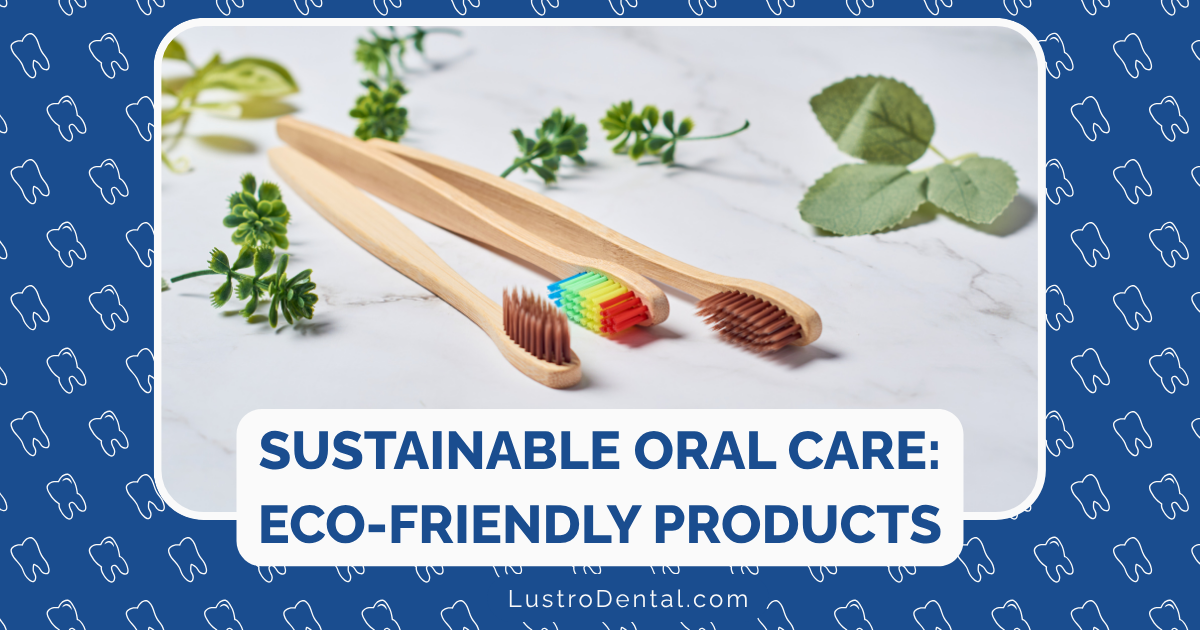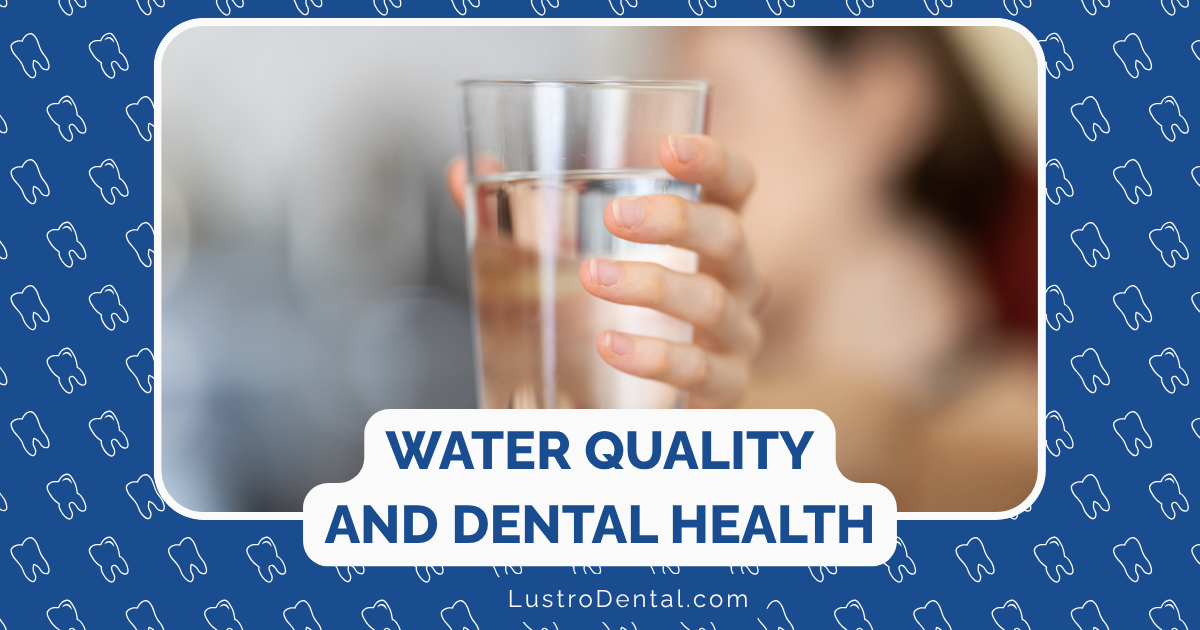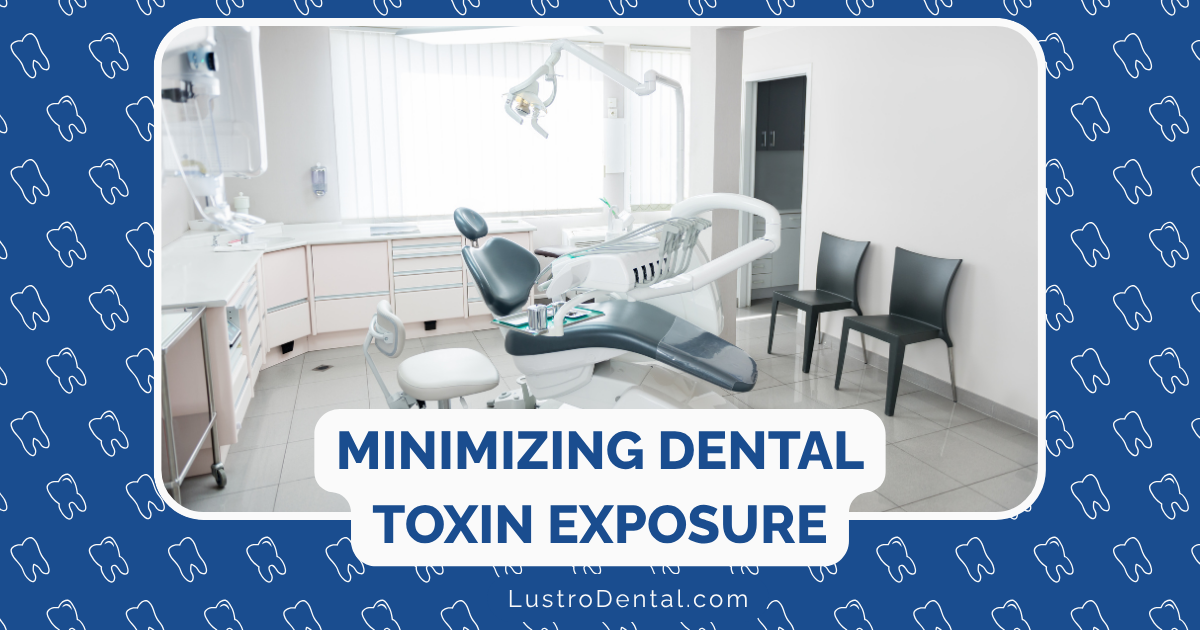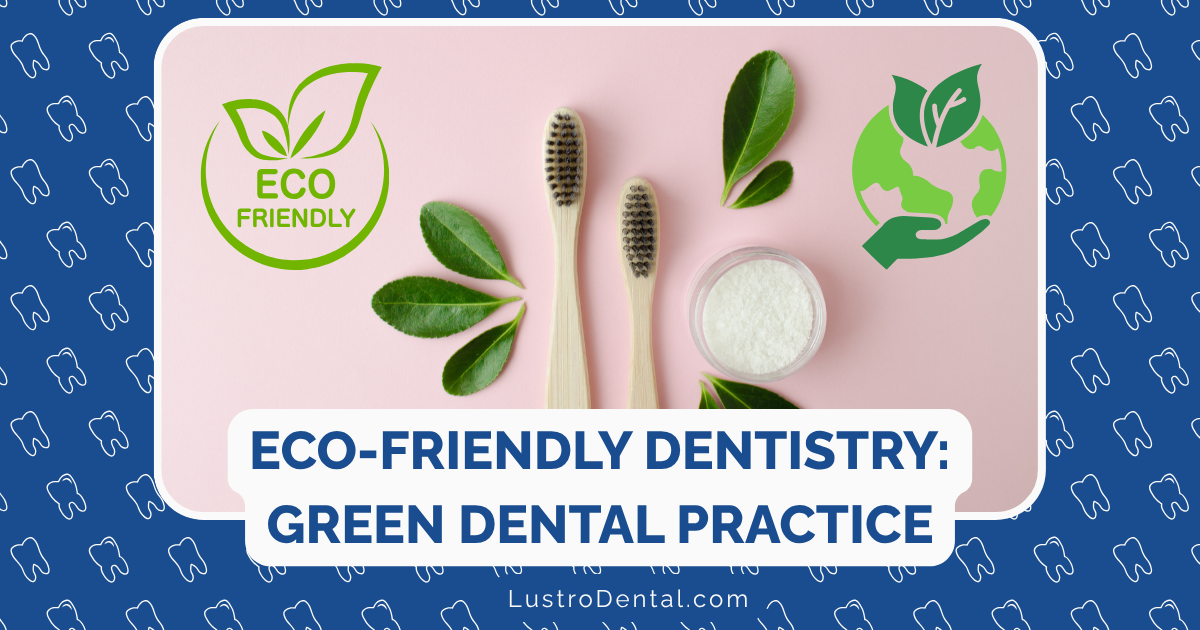The Dental Connection to Sleep Apnea: How Your Mouth Affects Your Breathing
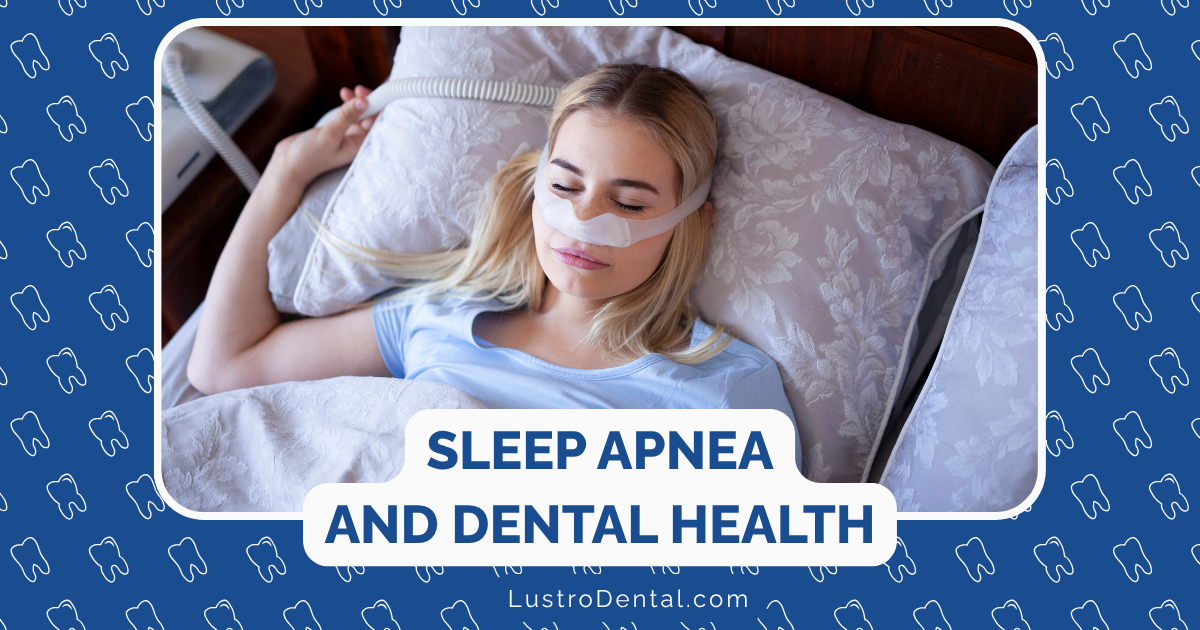
When you think about sleep apnea, you might imagine CPAP machines or sleep labs—but your dentist might be one of the first healthcare professionals to spot signs of this serious sleep disorder. The connection between your oral anatomy and how you breathe during sleep is profound, yet often overlooked.
As a dental health advocate, I’ve seen how understanding this connection can lead to earlier intervention and better treatment outcomes. In this comprehensive guide, we’ll explore the fascinating relationship between your mouth and sleep-disordered breathing, and why your dentist might play a crucial role in helping you breathe—and sleep—better.
The Anatomy of Breathing: How Your Mouth Influences Your Airway
To understand the dental connection to sleep apnea, we first need to appreciate the anatomy involved. Your upper airway is a complex system that includes:
- Nasal passages: The preferred pathway for normal breathing
- Soft palate: The muscular tissue at the back of the roof of your mouth
- Uvula: The small, cone-shaped tissue hanging from the soft palate
- Tongue: The largest muscle in the mouth, which can obstruct the airway when relaxed
- Mandible (lower jaw): Its position directly affects airway space
- Maxilla (upper jaw): Its development influences nasal breathing capacity
During sleep, these structures naturally relax. For many people, this relaxation is minimal and doesn’t affect breathing. But for those with certain oral and facial characteristics, this relaxation can lead to partial or complete blockage of the airway—the hallmark of obstructive sleep apnea (OSA).
Obstructive Sleep Apnea: A Growing Health Concern
OSA is more common than you might think. According to recent data from the Cleveland Clinic, OSA affects between 30 million and 54 million Americans, with many cases remaining undiagnosed. The Colorado Dental Association notes that prevalence increases with age, particularly in individuals aged 50-64, and is more common in men than women.
When left untreated, sleep apnea can increase the risk of serious health complications, including:
- Heart attack and stroke
- High blood pressure
- Type 2 diabetes
- Depression and anxiety
- Cognitive decline and dementia
The Dental Red Flags: How Your Mouth Reveals Sleep Breathing Issues
Your dentist might be the first to notice signs of sleep-disordered breathing during a routine examination. Here are key oral indicators that might suggest sleep apnea:
1. Teeth Grinding (Bruxism)
Research published in MDPI Biomedicines in 2024 found a strong link between sleep apnea and bruxism. When breathing is obstructed during sleep, the body’s natural response is to grind or clench the teeth, which helps reposition the jaw and temporarily open the airway.
Signs of bruxism your dentist might notice include:
- Worn tooth surfaces
- Flattened or chipped teeth
- Increased tooth sensitivity
- Enlarged jaw muscles (masseter hypertrophy)
2. Anatomical Features
Certain oral and facial characteristics are associated with a higher risk of sleep apnea:
- Small or recessed jaw (retrognathia): Creates less space for the tongue, which can fall back and block the airway during sleep
- High, narrow palate: Often associated with restricted nasal breathing and mouth breathing
- Large tongue (macroglossia): Can more easily obstruct the airway when muscles relax during sleep
- Enlarged tonsils or adenoids: Particularly common in children with sleep-disordered breathing
- Scalloped tongue: Indentations along the sides of the tongue from pressing against teeth, often seen in mouth breathers
3. Mouth Breathing Patterns
Chronic mouth breathing is both a potential cause and consequence of sleep-disordered breathing. According to a 2025 study in the Journal of Orthodontics, mouth breathing during early childhood may result in craniofacial characteristics that increase the risk of sleep apnea, including:
- Mandibular retrognathia (recessed lower jaw)
- Narrow, high-arched palate
- Increased vertical facial height (long face syndrome)
- Forward head posture
Your dentist might notice signs of chronic mouth breathing, such as:
- Dry, cracked lips
- Redness in the throat
- Gum inflammation
- Increased cavities (due to reduced saliva protection)
- Bad breath
4. Dry Mouth and Related Issues
Sleep apnea often leads to mouth breathing, which in turn causes xerostomia (dry mouth). A 2024 study in PMC involving over 6,000 patients found that OSA patients, particularly those aged 45 and older, had a significantly higher risk of developing dental caries due to decreased saliva production.
Signs of dry mouth include:
- Increased cavity rate
- Gum disease
- Persistent bad breath
- Difficulty swallowing or speaking
- Burning sensation in the mouth
The Vicious Cycle: How Mouth Breathing Worsens Sleep Apnea
Mouth breathing and sleep apnea often create a self-perpetuating cycle:
- Nasal obstruction (from allergies, deviated septum, etc.) leads to mouth breathing
- Mouth breathing alters facial development, especially in children
- Altered development creates anatomical features that predispose to airway collapse
- Airway collapse during sleep leads to sleep apnea
- Sleep apnea further promotes mouth breathing
This cycle explains why addressing the dental and oral aspects of sleep apnea is crucial for effective treatment.
Dental Approaches to Sleep Apnea Management
Dentists trained in sleep medicine can play a vital role in both identifying and treating sleep apnea. While they cannot diagnose OSA (this requires a sleep study ordered by a physician), they can provide effective treatments once a diagnosis is established.
Oral Appliance Therapy
Oral appliances have become a frontline treatment for mild to moderate sleep apnea, especially for those who cannot tolerate CPAP therapy. According to the American Sleep Apnea Association, these devices have a 90% compliance rate compared to about 50% for CPAP.
The two main types of oral appliances are:
1. Mandibular Advancement Devices (MADs)
These are the most common oral appliances for OSA. They work by:
- Positioning the lower jaw (mandible) forward
- Preventing the tongue from falling back into the throat
- Increasing the dimension of the upper airway
- Reducing the collapsibility of the airway during sleep
A 2024 study published in PubMed found that MADs were effective even for very severe OSA, with 95.5% of patients achieving at least a 50% reduction in their Apnea-Hypopnea Index (AHI).
2. Tongue Retaining Devices (TRDs)
These devices hold the tongue in a forward position using gentle suction, preventing it from falling back and obstructing the airway. While less common and less studied than MADs, they may be an option for those who cannot use MADs due to dental issues or temporomandibular joint (TMJ) disorders.
Orthodontic Interventions
For children with signs of sleep-disordered breathing, early orthodontic intervention may help prevent the development of OSA:
Rapid Maxillary Expansion (RME)
This orthodontic treatment widens the upper jaw, which can:
- Create more space for the tongue
- Improve nasal breathing
- Reduce mouth breathing
- Potentially correct craniofacial development issues that predispose to sleep apnea
According to the American Sleep Apnea Association, up to 25% of children treated with RME may be cured of OSA.
Myofunctional Therapy
This therapy involves exercises to strengthen the tongue and orofacial muscles, which can:
- Improve tongue positioning
- Enhance nasal breathing
- Reduce mouth breathing
- Complement other treatments for sleep apnea
The Collaborative Approach: Dentists and Sleep Specialists Working Together
The most effective management of sleep apnea involves collaboration between dental professionals and sleep medicine specialists. According to Sekhon Dentistry, this team approach typically follows these steps:
- Screening: Dentists identify patients with risk factors or signs of sleep apnea
- Referral: Patients with suspected sleep apnea are referred to sleep specialists
- Diagnosis: Sleep physicians confirm the diagnosis through sleep studies
- Treatment Planning: Collaborative decision-making about the most appropriate treatment
- Implementation: Dentists may provide oral appliance therapy as prescribed
- Follow-up: Regular monitoring by both dental and medical professionals
This collaborative approach ensures comprehensive care that addresses both the symptoms and underlying causes of sleep-disordered breathing.
Special Considerations for Children
Children with sleep-disordered breathing present unique concerns and opportunities for intervention. According to the 2025 Journal of Orthodontics study, persistent mouth breathing in children can lead to:
- Impaired mandibular growth
- Unfavorable postural changes
- Potential cognitive impacts
- Increased risk of developing OSA in adulthood
Signs that a child might have sleep-disordered breathing include:
- Mouth breathing during day or night
- Snoring or noisy breathing during sleep
- Bedwetting
- Teeth grinding
- Behavioral issues or poor concentration
- Daytime sleepiness
Early detection and management of mouth breathing and sleep-disordered breathing in children are recommended to improve oral function and prevent growth issues. However, it’s important to note that the evidence for the effectiveness of specific interventions is still evolving.
What You Can Do: Practical Steps
If you’re concerned about the connection between your oral health and sleep quality, consider these steps:
1. Talk to Your Dentist
Ask your dentist about:
- Signs of teeth grinding or wear
- Your oral anatomy and its potential impact on breathing
- Screening for sleep-disordered breathing
- Referral to a sleep specialist if appropriate
2. Address Mouth Breathing
- Practice nasal breathing exercises
- Investigate potential causes of nasal obstruction (allergies, structural issues)
- Consider consulting an ENT (ear, nose, and throat) specialist
- For children, early intervention is particularly important
3. Consider a Sleep Study
If you have symptoms of sleep apnea (snoring, gasping during sleep, daytime fatigue, morning headaches), discuss a sleep study with your healthcare provider.
4. Explore Treatment Options
If diagnosed with sleep apnea, discuss all treatment options, including:
- CPAP therapy
- Oral appliance therapy
- Lifestyle modifications (weight loss, sleep position training)
- Surgical interventions if appropriate
The Future of Dental Sleep Medicine
The field of dental sleep medicine continues to grow. According to the Colorado Dental Association, the American Academy of Dental Sleep Medicine (AADSM) now has approximately 2,200 qualified dentists trained in oral appliance therapy, and this number is increasing.
Future developments may include:
- More sophisticated oral appliances with better monitoring capabilities
- Enhanced screening tools for dental practices
- Improved understanding of the genetic and developmental factors in sleep-disordered breathing
- Greater integration of dental sleep medicine into dental education and practice
Conclusion: The Mouth-Breathing Connection
The relationship between your oral anatomy, breathing patterns, and sleep quality is complex and bidirectional. Mouth breathing can contribute to the development of craniofacial features that increase the risk of sleep apnea, while sleep apnea can promote mouth breathing—creating a cycle that affects both oral health and overall wellbeing.
By understanding this connection, both patients and healthcare providers can take a more comprehensive approach to addressing sleep-disordered breathing. Your dentist may be the first to notice signs of a potential problem, making regular dental check-ups an important part of not just oral health but sleep health as well.
Remember that addressing sleep apnea isn’t just about getting better sleep—it’s about reducing your risk of serious health complications and improving your quality of life. If you’re experiencing symptoms of sleep-disordered breathing, don’t hesitate to discuss them with both your dentist and physician. The path to better sleep might start in the dental chair.
Have you noticed a connection between your oral health and sleep quality? Share your experiences in the comments below.
This article is for informational purposes only and does not constitute medical or dental advice. Always consult with qualified healthcare professionals regarding your health concerns.


